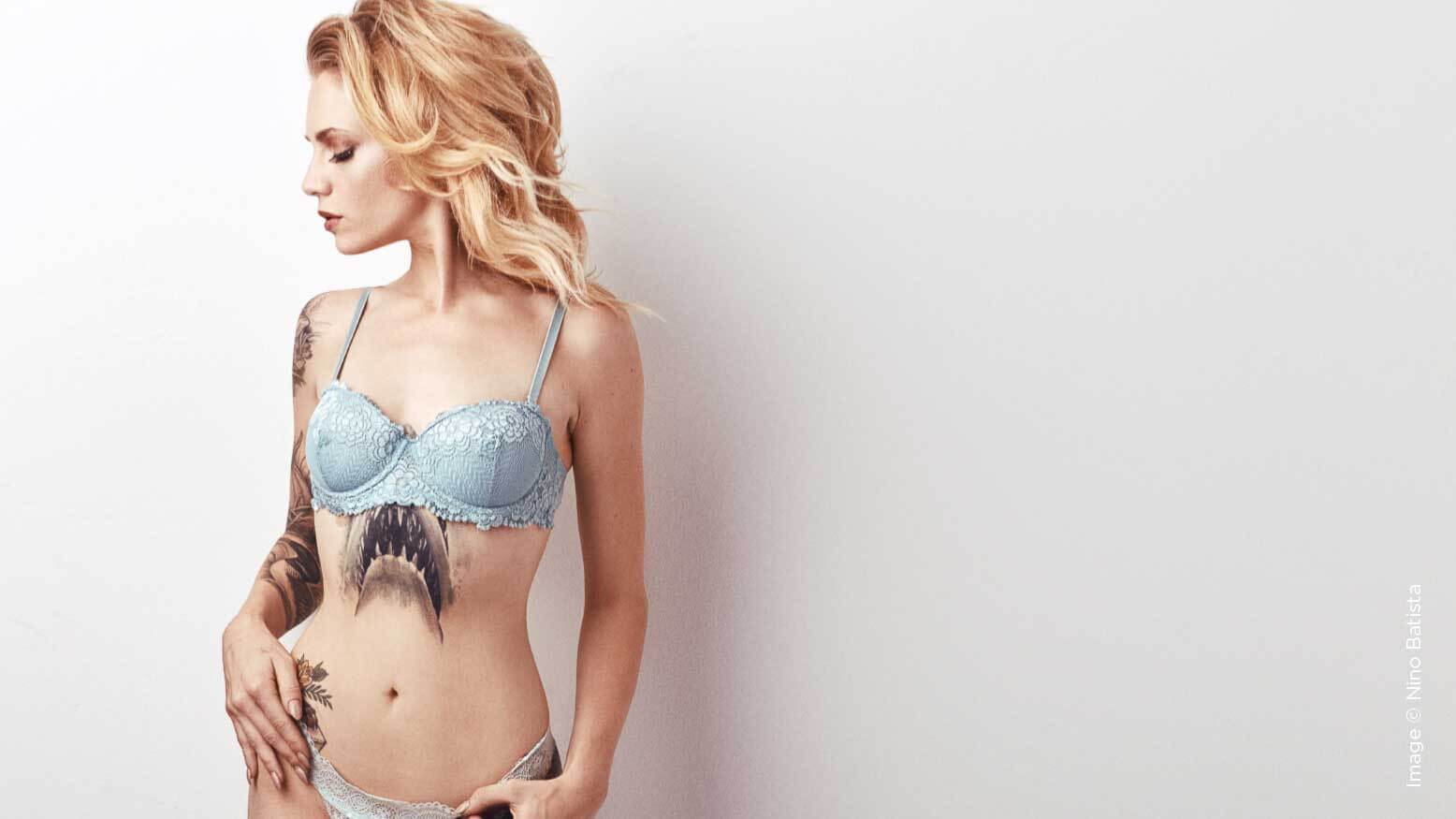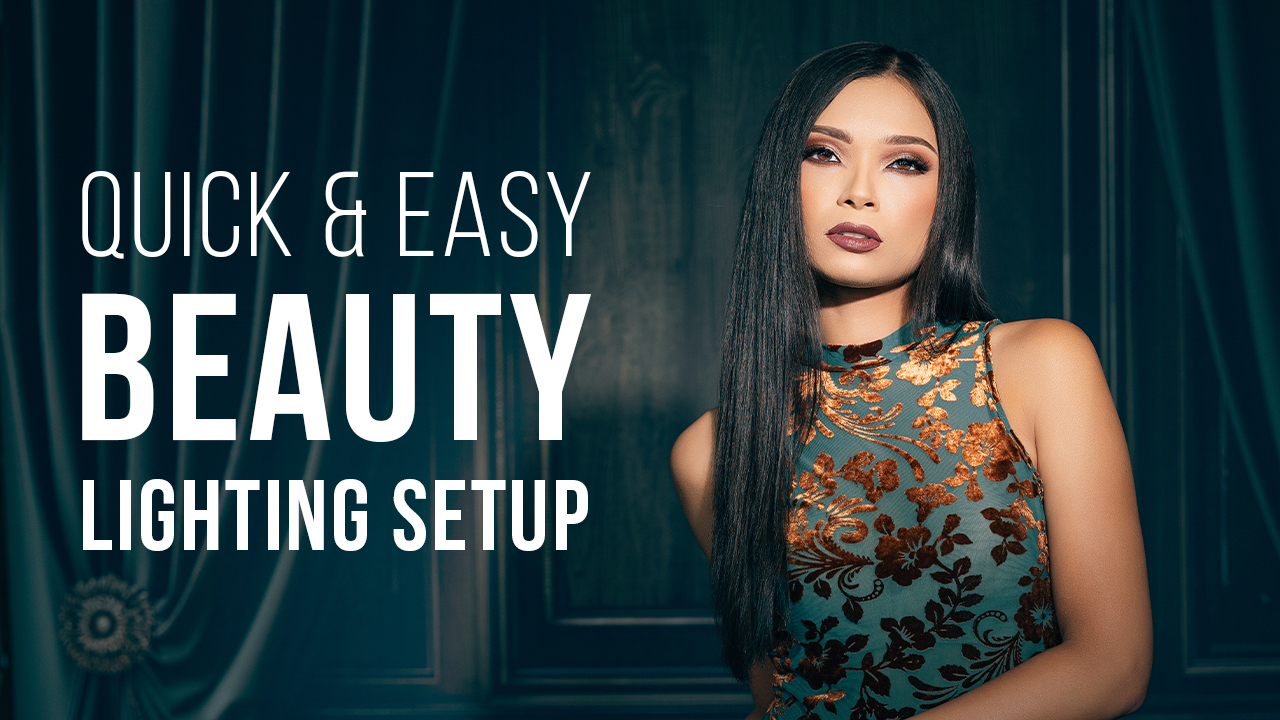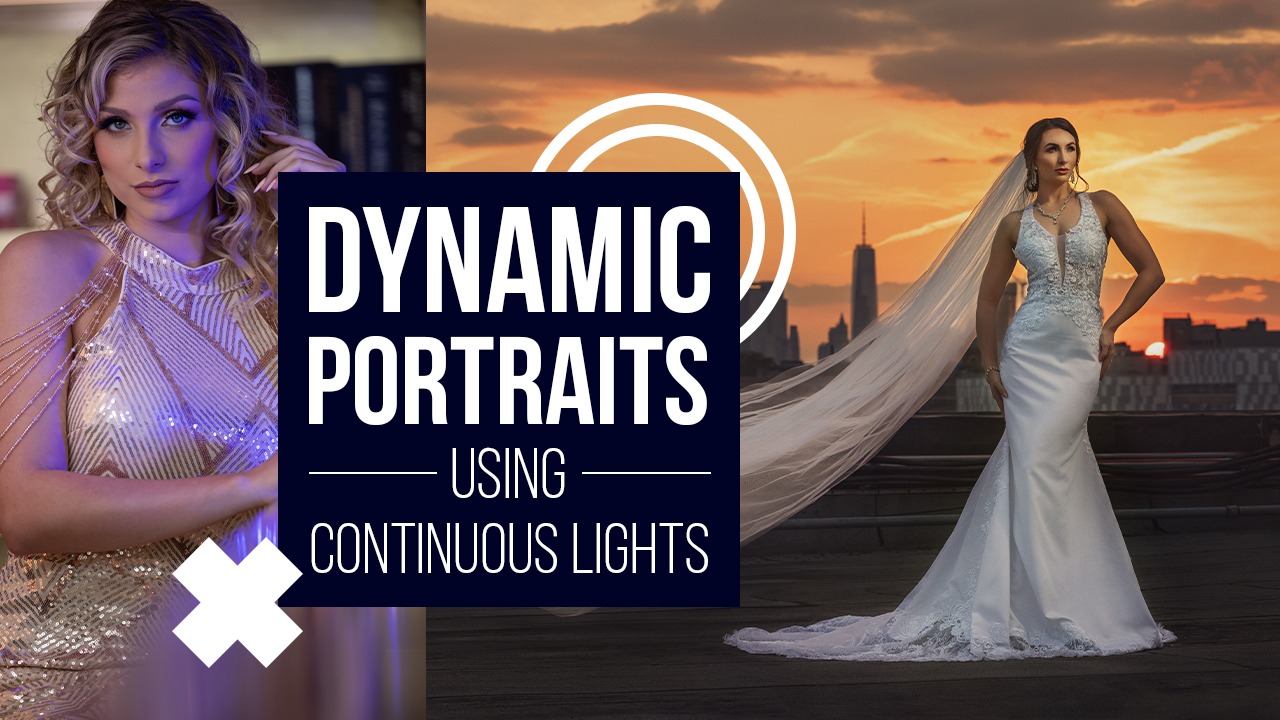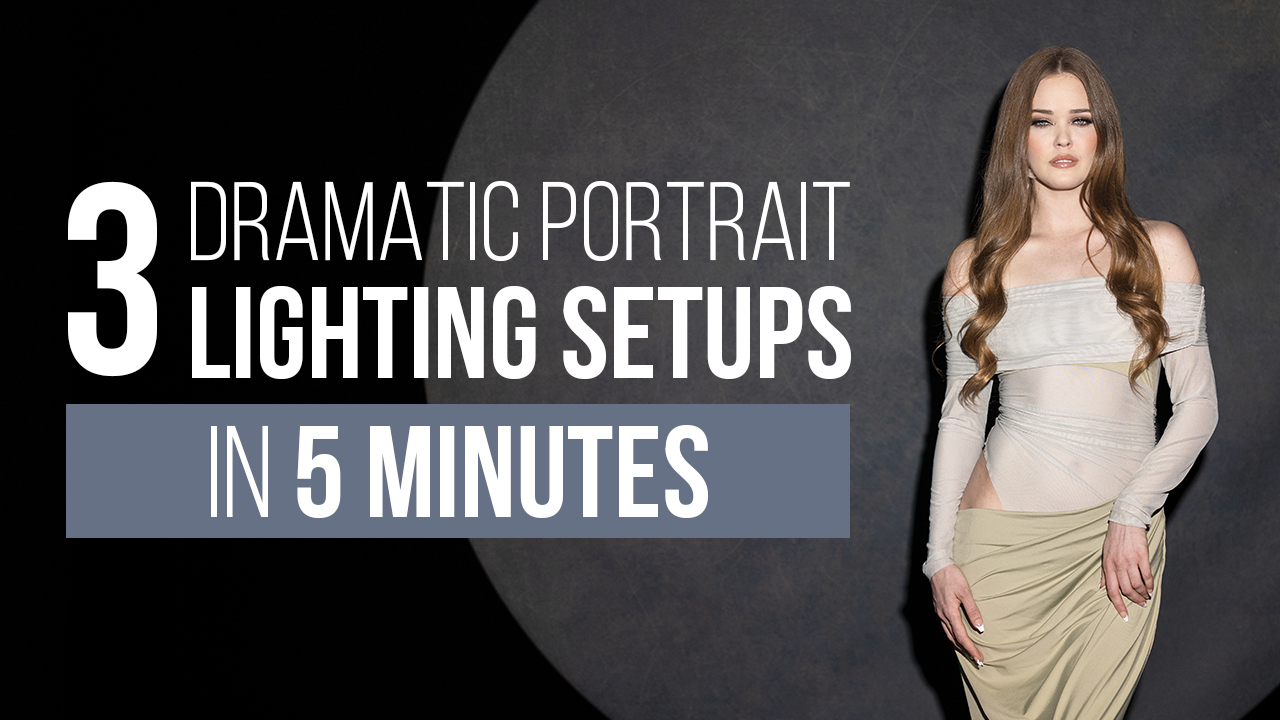How Light Diffusion Can Affect Your Portrait’s Mood with Nino Batista
The mood in portraits is determined mostly by your subjects. After all, a smile is markedly different from a scowl, and laughing is the opposite of crying. Emotion in your portrait work comes from the human element almost entirely, for lots of obvious reasons.
That said, other elements in your portraits can affect and enhance their overall mood—especially the lighting. Simple decisions about light diffusion can alter or augment the mood you are after.
There are differing opinions on what light diffusion does to a portrait’s mood. It’s subjective. But there are some tried and true light diffusion techniques that work consistently to evoke or enhance specific moods in human subjects.
Our Main Light Source
Let’s start our analysis by considering the main light source all of us are familiar with: the sun. The mighty orb of life on Earth provides us with light to see, heat to survive and energy. But the sun is also the main reason we perceive light in certain ways as human beings, simply because it is ever present in our lives.
A bright, cloudless summer day is almost always associated with fun times, perhaps sporting events, days at the beach, summer. These things and the emotions they illicit are positive to most people. Bright, clear, nondiffused light tends to come across as exciting (or at least high energy) in a portrait, or as mysterious and perhaps powerful.
Super-soft, diffused light comes from the sun on cloudy days, rainy days and right before dawn and sunset. These moods are generally more somber, or peaceful and relaxed. Soft diffused light is gentle, soft, polished, clear, welcoming. This is one reason beginner lighting tips tell you to use diffused light at all times for portraits: It’s generally more flattering, laid back and simpler to digest visually.
What Affects Light Diffusion
When working with light modifiers, it can be confusing to figure out what does what, why you would choose one over another and how to use them correctly. It helps immensely to understand how light diffusion is affected by modifiers. The three main factors that affect light diffusion overall are:
- Light scattering caused by translucent material (fabric, nylon, plastic, etc.)
- Light source size
- Light source distance to subject
When a light scattering element is present, such as the fabric on a softbox, the directionality of the light coming off the bulb is scattered at the atomic level. Photons that radiate outward from the bare light source go in a straight line (radially, away from the bulb) until they are sent through some scattering element. The translucent fabric in a softbox sends those photons in every direction because they get reflected and scattered by the fabric. By changing the (mostly) directional aspect of the photons coming off the bulb, the light emitting from the softbox now causes “light wrap” due to the photons coming off the fabric in every direction. Light diffusion doesn’t mean the photons are changed—it just means they are moving in more random directions.
This doesn’t mean much if the light source is very small (see factor No. 2). When you use a 6-foot softbox, the scattered photons come off a larger surface area than, say, a 7-inch reflector. This heavily affects light wrap, or light softness, because the modifier is large in comparison to the subject (a human). Even if both the softbox and reflector have diffusion fabric on them, the much smaller reflector doesn’t afford you much diffusion because it’s so much smaller than the softbox overall. You cannot get a light modifier that’s smaller than a human skull to wrap light around someone’s head for a super-soft look.
How far is the light from your subject? This affects which photons are hitting the subject and—crucially—which ones are not. When light scatters while passing through the face fabric of a softbox, the photons go out in every direction outward from it. The closer the modifier is to your subject, the more wildly scattered the light is hitting your subject. Imagine the 6-foot softbox just 4 feet from your subject, directly in front of their face. It would be radically wider than your subject, of course, and at that proximity, the scattered light coming from it would hit both sides of the subject’s head easily. This is the concept of light wrap, essentially.
When your subject is, let’s say, 20 feet from your softbox, the photons that hit the subject’s head at 4 feet away basically miss your subject because the subject is much farther away. The photons that do hit your subject are radiating slightly more parallel to one another at a distance of 20 feet, creating slightly less softness (or light wrap). Keep in mind that the scattered photons radiating out from the fabric do not change their direction. Simply put, subject distance affects which photons from the light source hit your human subject and which don’t, and that affects how the light diffusion looks on your subject, too.
Very Diffused Light
When you use a diffusion fabric like a softbox to soften the light and the light source is very large and close to the subject, light diffusion is immense. Photons are going in all sorts of directions and are starting their journey to your subject from extreme angles due to the close proximity. Light wrap is at a premium at this point, and super-soft looks dominate everything you shoot in this setup. Specular (shiny) highlights are controlled well with extreme diffusion, generally avoiding major flare into the lens or significant overexposing of the specular highlights.
This is fantastic for beautiful and serene portraits, or shots that need to evoke a soft clarity. It’s flattering to human skin. It softens everything in the frame nicely, and usually causes big, striking catchlights. Extreme diffusion is a popular lighting approach in the studio, and can be accomplished with large, soft modifiers and common feathering techniques that reduce contrast.
Hard Light
A bare bulb (or nearly bare bulb) placed far from the subject affords you a very hard light, which is popular in fashion and editorial, but usually avoided in general portraiture. Hard-lined shadows and strong specular highlights define this style of lighting because most of the photons are traveling (mostly) parallel to each other. Scattering is at a minimum, like a bright and clear summer day, and clearly defined perimeters of the shadows dominate the mood of the shot. Although the sun is massive, it is also nearly 93 million miles from your subject, and therefore relatively small in the sky. A cloudless day gives you the same hard shadows, which can impart a strong, dominant, exciting or dramatic look to your portraits. Recreating this look in studio is actually very easy—all you need is a strobe across the room.
Do not discount the use of hard light in your artistic portraiture—you may be pleasantly surprised.
Semi-Diffused Light
Semi-diffused light offers one of the most popular ways to light a beauty headshot. Classic white beauty dishes, when used at appropriate distances to your subject, create an ideal semi-diffused light for beauty and fashion portraits. We’re splitting hairs, and how to accurately define “semi-diffused light” is probably impossible. Sometimes too soft is too soft, and hard light isn’t the look you’re after, either, and so you opt for something in between.
The semi-diffused look is common in window light shots, outdoor locations with lots of tree coverage, and even partly overcast days out in the open. I associate a semi-diffused look with a welcoming mood, a pleasant mood, something recognizable and even.
Light Effects
Of course, light wouldn’t be any fun if we didn’t play around with some lighting effects. Intentional lens flare and hazy looks are the most common in portrait work, with dramatic backlit shots evoking an ethereal mood. These types of effects are ideal for a moody fantasy vibe. They can be done pretty easily, and become passé if done too often.
Conclusion
A smile is a smile, a glare is a glare and the emotion they convey is undeniable. But when you tweak these moods with different light diffusion, you can tailor the final vibe of your shot exactly how you want it. This is highly subjective, but it’s undeniable that light diffusion plays a big role in the overall aesthetic of your portraits.
Don’t just buy a softbox or a beauty dish and point it at your subjects because a tutorial video told you to. Think about how you want to work light diffusion before your next project, and experiment by trying different amounts of diffusion on different sets. You never know what you may discover in your own work when you set out to rock light diffusion like a boss.








